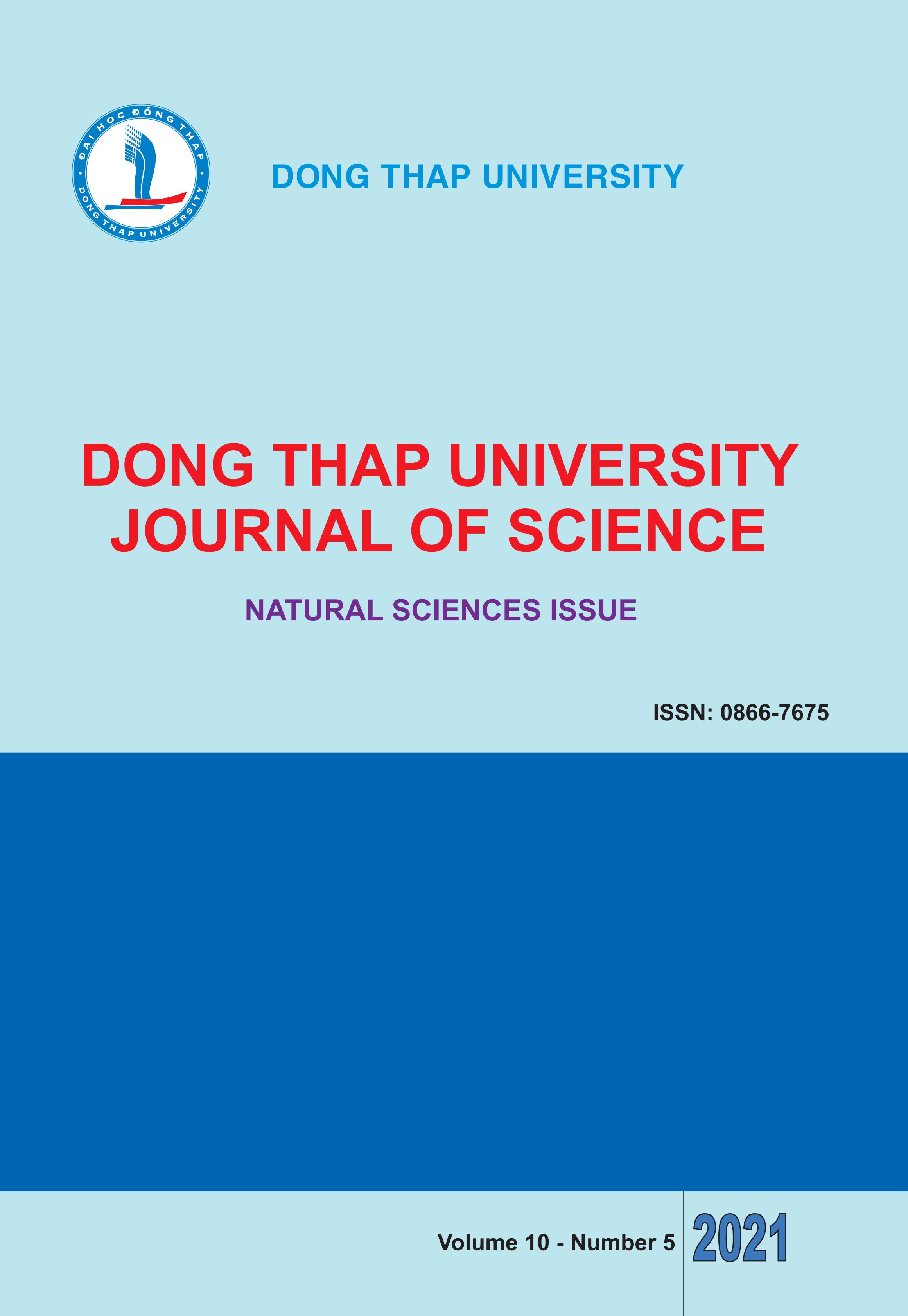CALCULATION OF STABILITY CONSTANTS OF NEW METAL-THIOSEMICARBAZONE COMPLEXES BASED ON THE QSPR MODELING USING MLR AND ANN METHODS
Tóm tắt
In this study, the stability constants (log11) of twenty-eight new complexes between several ion metals and thiosemicarbazone ligands were predicted on the basis of the quantitative structure property relationship (QSPR) modeling. The stability constants were calculated from the results of the QSPR models. The QSPR models were built by using the multivariate least regression (QSPRMLR) and artificial neural network (QSPRANN). The molecular descriptors, physicochemical and quantum descriptors of complexes were generated from molecular geometric structure and semi-empirical quantum calculation PM7 and PM7/sparkle. The best linear model QSPRMLR involves five descriptors, namely Total energy, xch6, xp10, SdsN, and Maxneg. The quality of the QSPRMLR model was validated by the statistical values that were R2 train = 0.860, Q2 LOO = 0.799, SE = 1.242, Fstat = 54.14 and PRESS = 97.46. The neural network model QSPRANN with architecture I(5)-HL(9)-O(1) was presented with the statistical values: R2 train = 0.8322, Q2 CV = 0.9935 and Q2 test = 0.9105. Also, the QSPR models were evaluated externally and achieved good performance results with those from the experimental literature. In addition, the results from the QSPR models could be used to predict the stability constants of other new metal-thiosemicarbazones.

